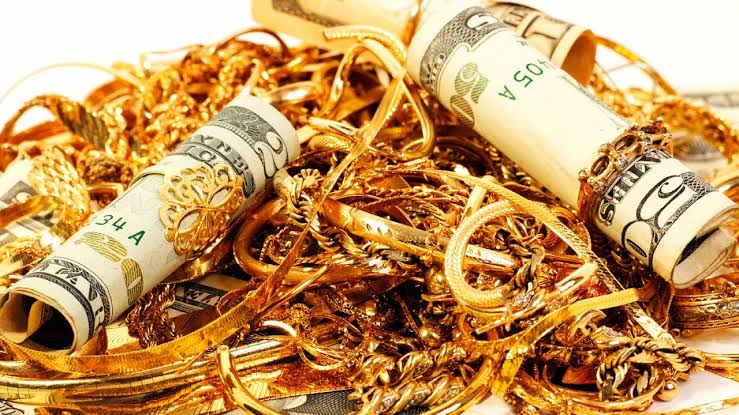
One of the main elements that affect the worth of gold items is market need. When a greater number of people want to purchase gold, its price often to increase. This demand can originate from multiple sources, including jewelry makers, traders, and central banks. For instance, during times of financial instability, many traders turn to gold as a secure haven for their funds. This increased demand can drive up the price of gold pieces. Conversely, if need drops, the value of gold may fall. Understanding market patterns and consumer actions is essential for assessing the current value of gold.
Another significant factor is the purity of the gold. Gold is assessed in karats, with 24 carats representing pure gold. Pieces with higher fineness levels are typically considered valuable than items with lesser levels. For example, an item crafted of 18-karat gold consists of 75% gold and 25% other metals, while a 14-carat piece has only 58.3% gold. Buyers frequently look for high-purity pieces because they are more durable and have a greater intrinsic worth. Therefore, when evaluating the value of gold articles, it is essential to consider their fineness level.
Artistry also plays a major role in influencing the value of gold pieces. The skill and craft involved in making a work can significantly affect its value. Handmade ornaments, for instance, may be more worth than mass-produced pieces due to the time have a peek at this site and care invested in its production. Unique styles and detailed features can enhance the attractiveness of gold items, rendering them more attractive to collectors and consumers. Therefore, the artistry of a gold item can greatly affect its market worth.
Financial conditions are another important factor that influences the worth of gold. The price of gold is frequently linked to the general health of the economy. During periods of inflation or financial uncertainty, gold is seen as a dependable investment. As a consequence, its worth may increase. On the other side, when the economy is robust and stable, the need for gold may fall, leading to reduced costs. Traders and collectors must stay an eye on financial markers, such as rate rates and inflation rates, to grasp how these elements can affect the value of gold pieces.
The value of click here for more gold articles is determined by a combination of elements, including market need, purity, craftsmanship, and financial circumstances. Grasping these factors can help individuals formulate informed decisions when purchasing or selling gold. As gold continues to be a important commodity, staying aware about these elements will be advantageous for those engaged in the gold market. Whether for individual use or investing reasons, recognizing what affects the worth of gold can lead to better decisions and enhanced satisfaction.